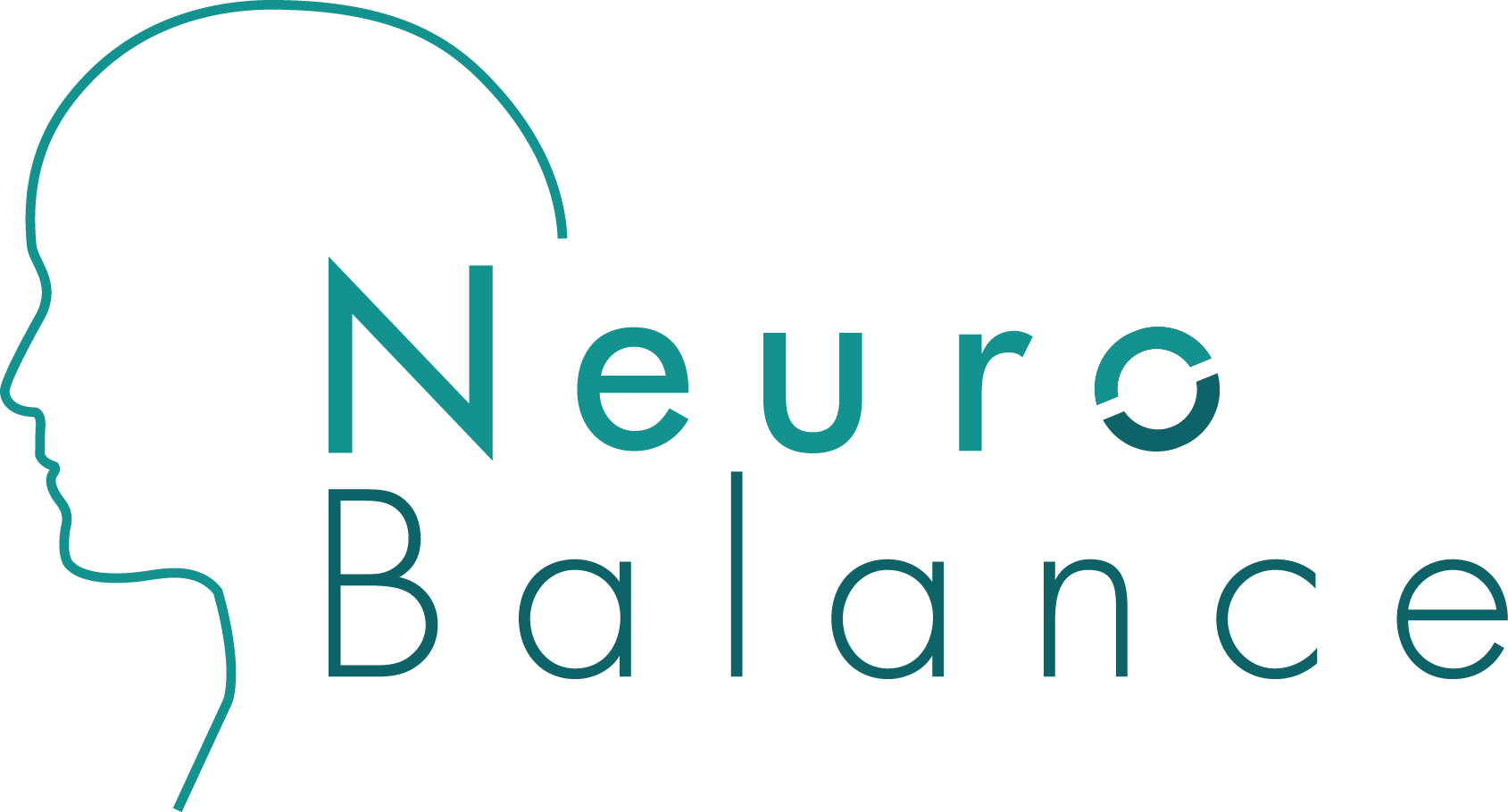The Journey of a Growing Mind: Understanding Early Childhood Brain Development
The early years of a child’s life mark a dynamic and critical period in brain development, laying the foundation for cognitive, emotional, and physical growth. Understanding the stages of neurodevelopment during early childhood is crucial for parents and caregivers to ensure that children reach their full potential.
1. The Stages of Early Childhood Brain Development
Stage One (0-10 Months): During these initial months, the brain rapidly develops vital structures and systems, notably the cerebral cortex, which is crucial for complex thinking and sensory perception.
Stage Two (10 Months-2 Years): This stage is characterized by the formation of new neurons and synapses, particularly in the prefrontal cortex, responsible for decision-making and social behaviors.
Stage Three (2-6 Years): Growth rate slows, focusing on refining neural connections. Language and social skills develop significantly, with continued maturation of the prefrontal cortex.
Stage Four (6-8 Years): Brain undergoes pruning to eliminate weak neural connections, enhancing cognitive skills like problem-solving.
Stage Five (8-25 Years): This final stage involves the maturation of the prefrontal cortex, enhancing executive functions such as planning and abstract thinking.
2. Monthly Developmental Milestones
Newborn-1 Month: Newborns primarily rely on touch and hearing, with the ability to recognize voices.
2-3 Months: Infants start developing hand-eye coordination and social recognition, like smiling.
4-5 Months: Enhanced social engagement and vocalization are noticeable.
6-7 Months: Infants might begin crawling and understanding simple words.
8-9 Months: Standing and basic communication skills emerge.
10-12 Months: Increased mobility and cognitive development, including saying simple words and understanding basic commands.
3. Crucial Years for Brain Development
The first three years are pivotal, with the brain being highly receptive to experiences and stimuli. Positive, nurturing environments during this period significantly influence cognitive, emotional, and social development. Adverse conditions like neglect or trauma can lead to lasting developmental issues.
4. Role of Genetics and Environment
The interplay between genetics and environment shapes a child's mental health. While genetic predispositions are crucial, environmental factors, including sustained stress, can impact mental health and brain development. Early interventions are key in mitigating potential mental health issues.
5. Red Flags and Interventions
Not all developmental delays indicate a problem, but certain signs warrant attention. Delayed speech, social interaction difficulties, or unusual play patterns might indicate neurodevelopmental disorders like autism. Early intervention, including speech therapy, behavioral therapy, neurofeedback therapy and supportive educational environments, can make a significant difference.
Early childhood brain development is a complex yet fascinating journey. Parents and caregivers play a vital role in providing a nurturing environment that supports this growth. Awareness of developmental milestones and prompt intervention in case of abnormalities are crucial for a child's overall well-being and future success.
For more detailed information and resources, you can visit the National Human Neural Stem Cell Resource, the American Academy of Pediatrics, and the Centers for Disease Control and Prevention websites.
-A Balanced Brain is a Better Brain for a Happier Life-
